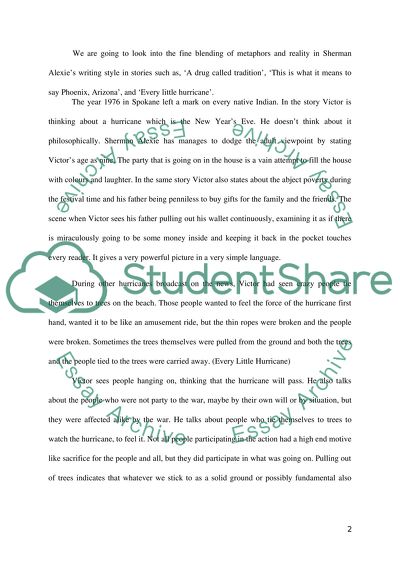Cite this document
(“The Lone Ranger and Tonto Fistfight in Heaven Essay”, n.d.)
Retrieved from https://studentshare.org/english/1437041-research-essay-the-lone-ranger-and-tonto-fistfight
Retrieved from https://studentshare.org/english/1437041-research-essay-the-lone-ranger-and-tonto-fistfight
(The Lone Ranger and Tonto Fistfight in Heaven Essay)
https://studentshare.org/english/1437041-research-essay-the-lone-ranger-and-tonto-fistfight.
https://studentshare.org/english/1437041-research-essay-the-lone-ranger-and-tonto-fistfight.
“The Lone Ranger and Tonto Fistfight in Heaven Essay”, n.d. https://studentshare.org/english/1437041-research-essay-the-lone-ranger-and-tonto-fistfight.


